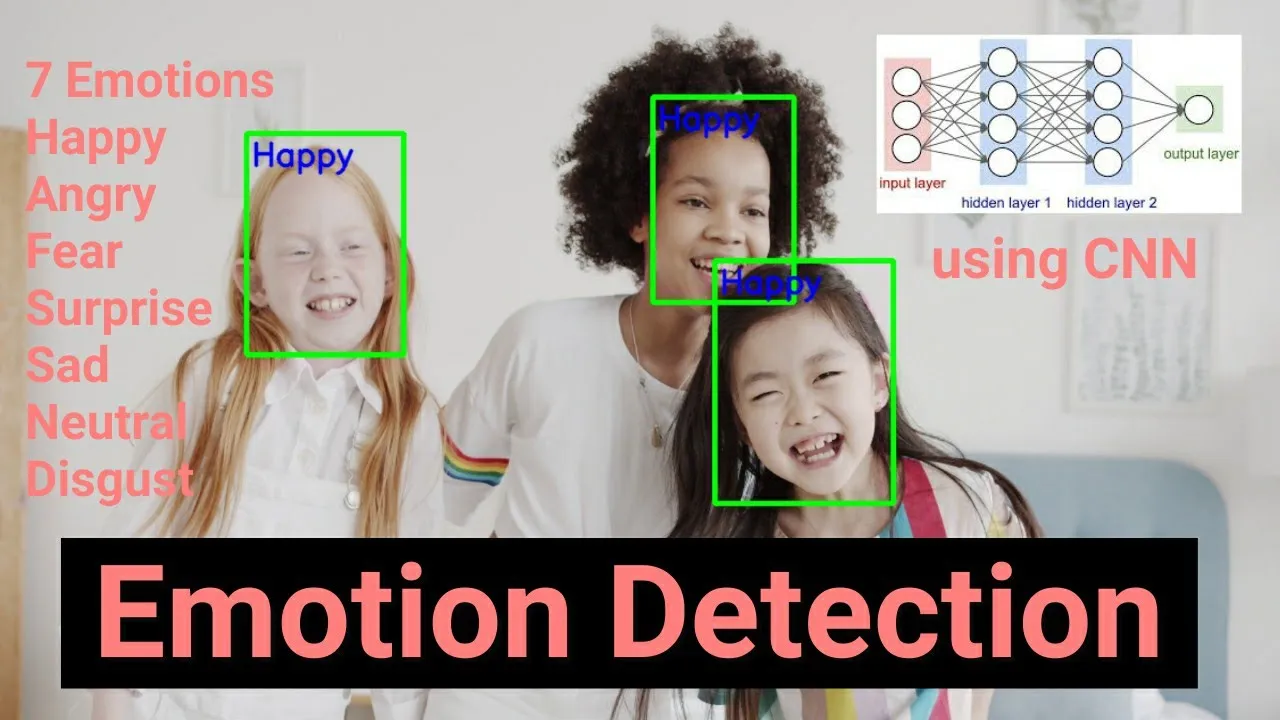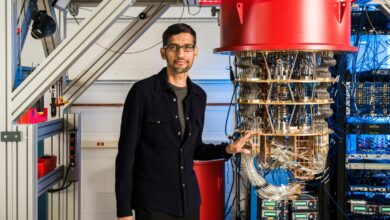Emotion Detection using Convolutional Neural Network
Emotions play a significant role in human interactions and can greatly influence our behavior and decision-making. Understanding and interpreting emotions can be challenging but essential for various fields such as psychology, market research, and human-computer interaction. In recent years, there has been a growing interest in using machine learning techniques to automatically detect and classify emotions. One such powerful technique is the Convolutional Neural Network (CNN). In this article, we will explore the concept of emotion detection using CNN, its applications, challenges, and future prospects.
If you are more interested in technical implementation of Emotion Detection using Python then directly jump to the video episode here.
Introduction
Emotion detection refers to the process of identifying and categorizing human emotions from various sources, such as facial expressions, voice intonation, and textual content. It aims to provide insights into the emotional states of individuals and enable systems to respond accordingly. With the advancement of artificial intelligence and deep learning, emotion detection has gained traction due to its potential applications in diverse domains.
Emotion detection techniques
Traditionally, emotion detection relied on manual annotation and feature engineering. However, these methods had limitations in capturing the complexities of human emotions accurately. The emergence of deep learning techniques, specifically Convolutional Neural Networks, revolutionized the field of emotion detection by enabling automatic feature learning from raw data.
Convolutional Neural Network (CNN)
A Convolutional Neural Network (CNN) is a specialized type of neural network primarily used in computer vision tasks. It has proven to be highly effective in analyzing and extracting patterns from visual data, making it well-suited for tasks such as object recognition and image classification. CNNs consist of multiple layers, including convolutional layers, pooling layers, and fully connected layers, that work together to extract and process features hierarchically.
Training a CNN for emotion detection
To train a CNN for emotion detection, a large dataset of labeled emotional expressions is required. This dataset is typically preprocessed to ensure data consistency and eliminate noise. The CNN model is then built and trained on this dataset, with the objective of learning patterns and features that correspond to different emotions. The performance of the trained model is evaluated using metrics such as accuracy, precision, and recall.
Applications of emotion detection using CNN
Emotion detection using CNN has found applications in various domains. One prominent application is facial expression analysis, where CNNs can accurately identify emotions from facial images or videos. This technology can be employed in fields such as mental health monitoring, lie detection, and personalized user experiences.
Another application is in human-computer interaction, where systems can adapt their behavior based on the detected emotions of users. For example, a virtual assistant can provide more empathetic responses if it detects frustration or sadness in the user’s voice.
Emotion detection using CNN also has significant potential in market research and sentiment analysis. By analyzing social media posts, customer reviews, and other textual content, companies can gain insights into customer satisfaction, sentiment trends, and the effectiveness of their marketing campaigns.
Challenges and limitations
Despite its effectiveness, emotion detection using CNN faces several challenges and limitations. One challenge is the variability in emotional expressions among individuals. People may express the same emotion differently, making it difficult to create a comprehensive model that can generalize across diverse populations.
Cross-cultural differences in expressions also pose challenges. Emotions can be influenced by cultural norms and societal factors, requiring models to be trained on diverse datasets to ensure accuracy and inclusivity.
Privacy and ethical concerns are another important consideration. Emotion detection technology raises questions about data privacy, consent, and potential misuse of personal information. Safeguards must be in place to protect user privacy and ensure responsible use of this technology.
Future developments and trends
The field of emotion detection using CNN is continuously evolving, with ongoing advancements and emerging trends. One trend is the development of more sophisticated deep learning algorithms that can extract subtle emotional cues from various modalities, such as audio and text, in addition to facial expressions.
Integration with other technologies is another area of interest. Combining emotion detection with natural language processing and speech recognition can enhance the capabilities of virtual assistants, chatbots, and other interactive systems, enabling more seamless and personalized user experiences.
The impact of emotion detection using CNN extends beyond individual applications. It has the potential to transform industries such as healthcare, education, and marketing, enabling more empathetic healthcare systems, personalized learning environments, and targeted marketing campaigns.
What Full Emotion Detection Video Tutorial here
Conclusion
Emotion detection using Convolutional Neural Networks provides a powerful tool for understanding and analyzing human emotions. By leveraging the capabilities of CNNs, we can unlock new insights into human behavior and develop innovative applications in various domains. However, it is crucial to address the challenges and ethical considerations associated with this technology to ensure its responsible and beneficial use.
***
Machine Learning books from this Author:





